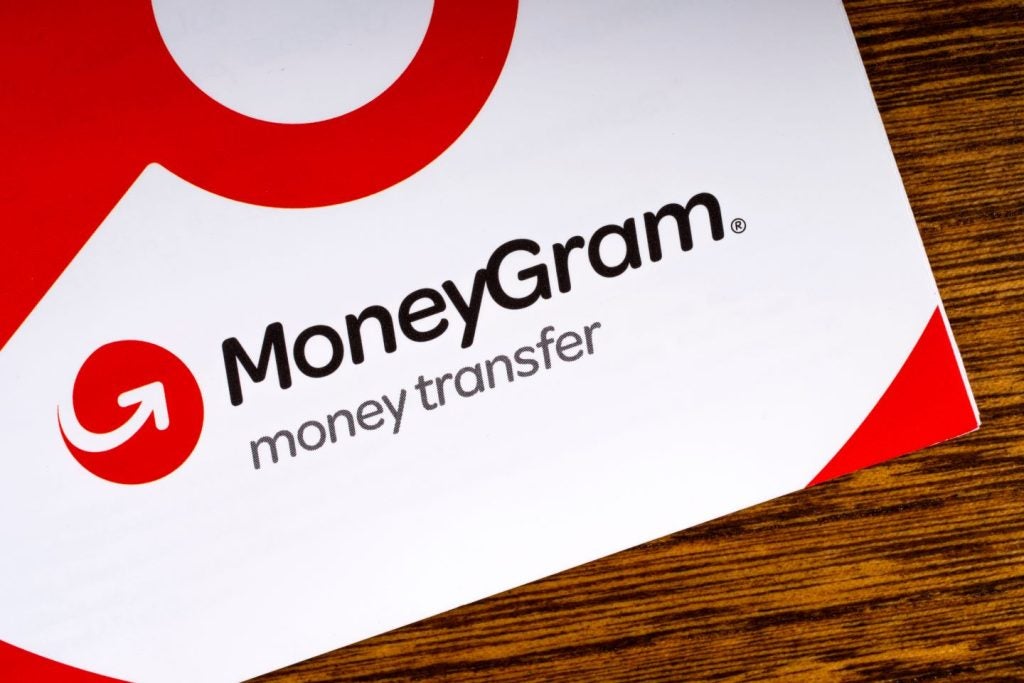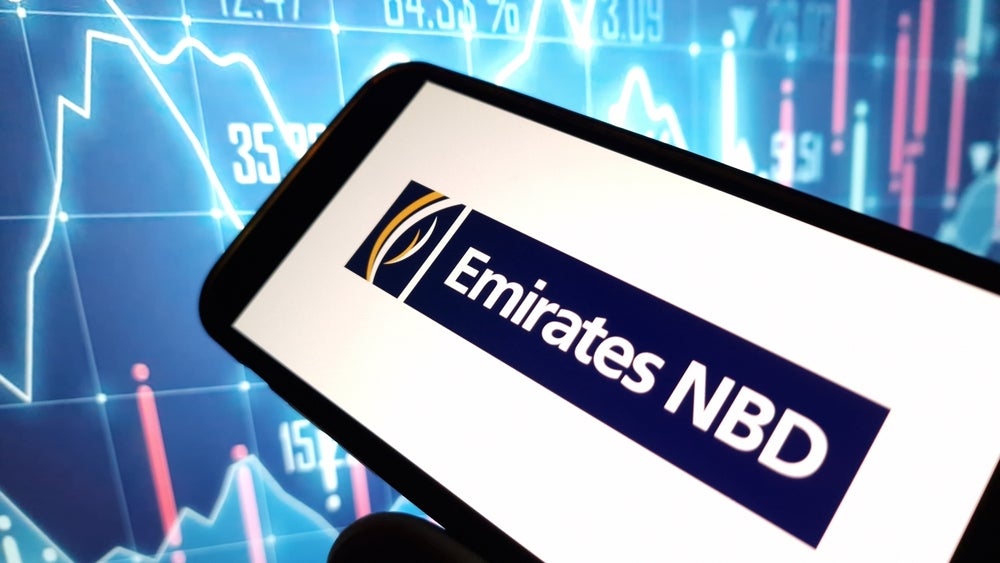Prepaid in the UK is now into its teenage years, having first launched in 2005. Over the next few issues, CI will examine prepaid cards for remittances, general-purpose reloadable cards and lite current accounts. In the first of the series, Douglas Blakey looks at cards for the youth market, and gift cards
Prepaid remains a fascinating sector, but not one for the faint of heart. Issuers have no option but to charge fees – the arguments for which are well established: the EU has reduced interchange, and banks use current accounts to cross-subsidise other products.
In the youth segment in particular, the incumbent banks understandably want to onboard customers at a young age, via their parents – and they will have no qualms about subsidising youth segment products.
Gift: A £6bn business
In the UK today, the UK gift card sector is a £6bn ($7.8bn)-a-year business. According to First Data, in 2018 UK consumers spent on average £203, or 38% of their annual gifting budget, on gift cards.
And while 81% of consumers purchased a gift card as a present for an occasion or event, one in three spent more on a gift card than a traditional gift. First Data’s research also suggests that the physical gift card is holding its own against the rise of digital, but the gap is narrowing.
UK-based consumers tend to prefer purchasing physical cards to digital by 55% to 45% margin. This is primarily because physical cards can offer an added personal touch during gift giving – gift receivers also prefer physical cards. Only last year, 62% of UK consumers said they prefer to purchase physical gift cards rather than digital ones.
While the majority of purchasers still prefer plastic, consumers are accelerating their use of digital cards – largely due to convenience, as these can be sent instantly and are easier to reload. The UK Prepaid Consumer Insights Study from First Data reports that 74% of UK consumers, on average, spend £41 more than the original value of the gift card they receive.
Although very few consumers purchased a gift card for themselves exclusively, primary reasons for doing so included receiving a discount or loyalty rewards. The study also showed that consumers who self-purchase gift cards spend more than when purchasing for others. Other reasons for reloading gift cards included shopping online and budgeting. Notably, 34% of consumers visit a retailer they would not have otherwise visited as a result of receiving of a gift card; furthermore, 44% said this prompted more frequent visits to the store.
Overall, the UK gift card sector grew by 10.7% in 2018. According to the UK Gift Cards and Vouchers Association, 84% of people have purchased a gift card at some point in their life. Of those that have, 87% are purchasing gift cards at least once a year.
In its latest State of the Nation report, the UKGCVA states that no matter the age of the consumer, gift cards hold relatively similar levels of popularity. In fact, 89% of Generation X (35-54 years old) and 86% of Generation Z/Millennial (16-34 years old) shoppers reveal they have purchased a gift card at some point in their lifetime, compared to a slightly lower 78% of Baby Boomers (55 years and over).
A new youth player
The youth prepaid card segment has a new player, dubbed Rooster, to rival established players including gohenry, nimbl and Osper. The Visa-branded prepaid card is launching in partnership with Corner Card UK.
Parents often have fears over allowing their kids to buy online, so Rooster also features new CVV technology, making it even more secure for online transactions. The threedigit security code is only accessible via the card’s associated app, and changes after every transaction.
This new technology makes it practically impossible for card details to be stolen or copied. Another feature of the Rooster Visa card is the ability for parents to transition their kids from a tracker platform to a prepaid card.
With its products, RoosterMoney wants to transform the way kids communicate with their financial information. Preparing the next generations for digital banking, and the challenges that come with it, can never start too early.
Rooster Expansion
RoosterMoney officially launched in 2016 with a mission to make young people more responsible with money.
Since then, it has expanded the number of currencies on offer to over 50; furthermore, in the last 18 months, its customer base has tripled to over 600,000. Although it wants kids to be more independent with money, RoosterMoney also acknowledges that online security is important for parents; therefore, the card offers no overdrafts, so there is no risk of kids overspending.
RoosterMoney CEO Will Carmichael says: “We’re delighted to be able to offer families our unique Rooster Card, which is a natural progression for the kids who have learnt the basics with our tracking tool.
“We are helping parents to empower their kids to make considered spending choices on their own, both online and in store. It was important to us that we built a secure product, utilising cutting-edge security technology, and I’m proud to say we now have a leading offer for families with kids of any age.
“Kids can start as young as four using the app as a star or reward chart, before graduating to a pocket money tracker and then, ultimately, the Rooster Card whenever the parents and kids are ready.”
Additional features of the new card include:
• Real-time spending notifications keep parents in the loop about their children’s spending;
• Parents can decide where the card can be used, in stores, online or at ATMs, limited to child-appropriate merchants and codes;
• Touch ID login is available, and
• Parent accounts feature personal sort codes and account number
Kids’ online spending soars
There are more than 7 million UK youths aged 8 to 18, so it is a market segment that offers huge potential.
E-commerce now accounts for 89% of all 8-18-year-olds’ transactions, up by 17 percentage points in a year, as they increasingly give up on the high street. The figures are released by nimbl, a prepaid and smartphone app designed for children and teenagers.
Online transactions have grown significantly, despite 50% of children claiming to prefer the experience of high street shopping. Almost 60% say it is more fun than online purchasing, with 50% seeing it as a social event; ultimately, however, it is convenience (47%) and variety (39%) that mean kids’ online spending is soaring.
Elsewhere in its research, nimbl says 67% of children and 66% of parents consider themselves to be brand loyal. As a testament to the power of social media, 29% of children stay loyal to brands because of influencers, while 47% base their loyalty on kudos of a brand among friends.
For parents, however, loyalty is based less on status and more on practical concerns, with 68% citing price and 61% quality as the main determinants of their behaviour.
Nimbl, Osper and GoHenry
Until the start of the year, nimbl was by far the cheapest of the three established players in the field of children’s prepaid cards, at £15 per card per year.
Osper charged £30 and gohenry £36 per year. Mastercard-branded nimbl dates back to 2015, and now costs £2.39 per card per month, or £28 per year. Osper kicked off in 2013 with grand ambitions. Initially it raised £800,000 in 2013, and followed up with a £6m funding round in 2014.
Achieving profitability was, however, a challenge. In April this year, Osper told customers: “It is unsustainable to run Osper at the level you may currently be paying. So it is necessary for us to change our prices to £2.50 per month, plus a £0.50 admin fee for every ‘ad-hoc’ load [a transfer to a child’s card that is not part of a regular allowance].”
Osper was sold in April following a voluntary administration process. Launched in 2012, gohenry was founded by a group of parents who, while watching their children play a school football match one day, started talking about the lack of financial tools available for families, to help kids and teenagers learn good money management in an increasingly cashless society.
To date gohenry has raised over £10m through equity crowdfunding platform Crowdcube. The gohenry app is not just a digital piggy bank to collect pocket money: it includes a variety of other nifty features.
Children work on chores or other tasks that they have agreed with their parents; once the tasks are complete, the child’s card is topped up from a parent-funded wallet account. gohenry has a growing community of over 500,000 active users across the UK, made up of both adults and children using the account, and last year launched in the US.
Arguably, the biggest challenge established players such as gohenry and new entrant RoosterMoney face is from the established banks; the fact that children want accounts offering a card and online spending is not in dispute.
The prepaid issuers in each case offer excellent apps and security features; however, price-conscious parents scanning price comparison websites cannot fail to spot offerings such as the TSB Under 19s account. It is available to children aged 11 and over, with mobile banking features including Google Pay and Apple Pay on offer to children aged 13 onwards.
The account pays interest at 2.5%, and does not attract the monthly service charges that the prepaid issuers cannot avoid levying. As an alternative, there is the Santander Mini 123 account, which offers monthly interest of 3% on balances up to £2,000. Again, the Santander account does not levy a monthly service fee.







